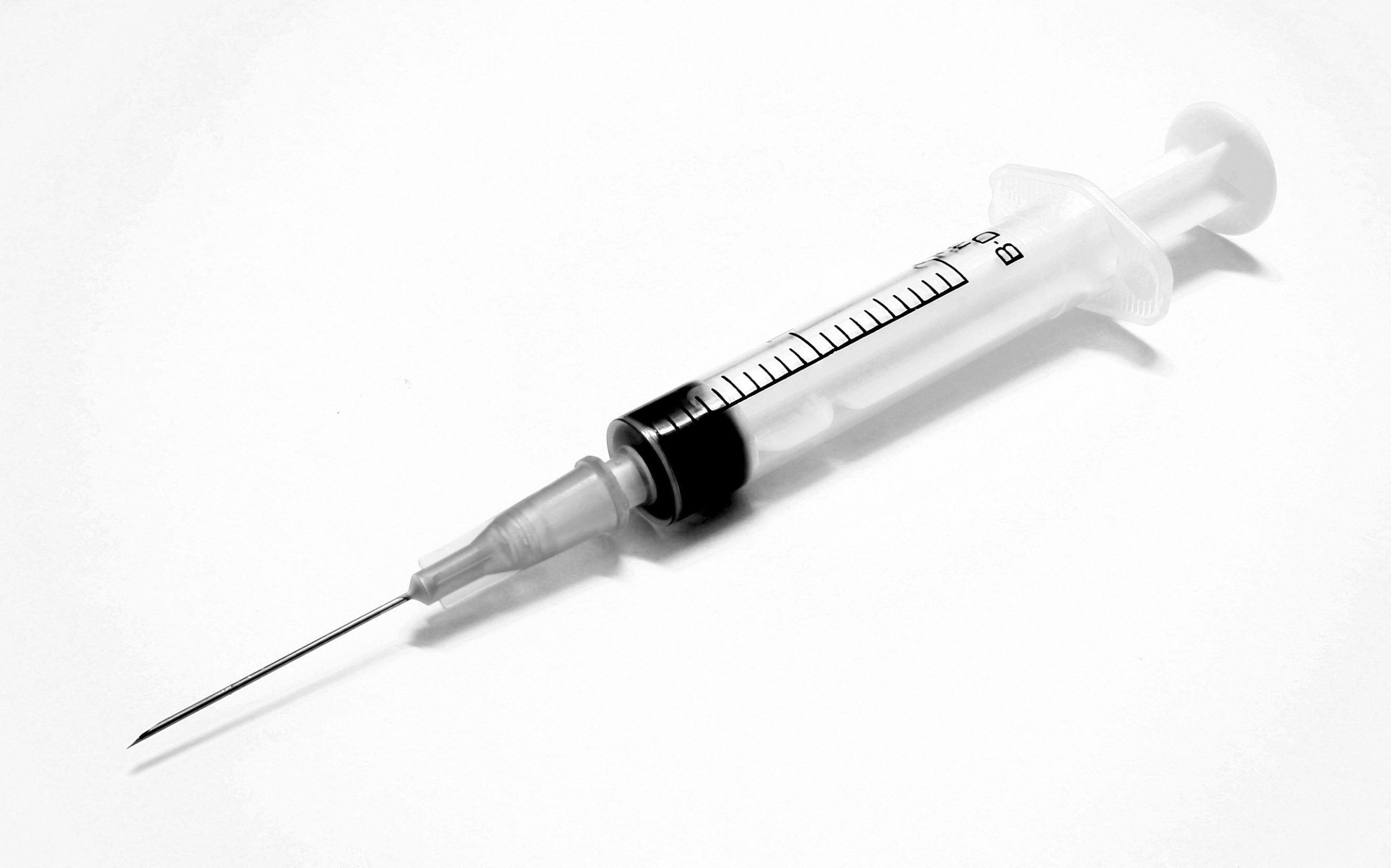Today, the FDA published its final updated Guidance entitled, Immunogenicity – Related Considerations for Low Molecular Weight Heparin (LMWH) (here). The document provides advice on the proper characterization of active ingredient sameness (for ANDAs), as well as considerations for immunogenicity testing for such products. The document provides guidance for NDA holders (for new products or changes to existing products) and for ANDA applicants. The advice on changes applies to original filings, as well as supplemental filings, where the source material or other component differs or there is a need to alter the manufacturing process. FDA also notes that DMF holders must be mindful of this Guidance because, if changes occur in the API source or manufacture, it could critically impact the finished dose form product. DMF holders, thus, should notify authorized applicants of any changes.
FDA notes that immunogenicity is often studied in clinical trials; however, they provide alternate methods that can be used to assess the risk of immunogenicity, by comparison to the reference listed drug (RLD) that is subject to the ANDA or the original NDA product if a supplemental change is made to the NDA product. FDA lists the following 3 assessment criteria for immunogenicity:
(1) the sameness of the active pharmaceutical ingredient (API) (ANDAs only);
(2) the impurities in the product that may impact on the association of the LMWH product with the chemokine PF4, as well as the size and charge of the complexes formed with PF4 (NDAs/ANDAs); and
(3) the impurities in the product that could modify the detection, uptake, processing or presentation of the product (or the complexes it forms with PF4) to the immune system (NDAs/ANDAs).
FDA also notes that bioanalytical characterization might not be sufficient, so they also recommend various in vitro or in vivo studies to detect differences between the generic (or changed NDA product) and the original RLD.
The Guidance goes on to list the 5 criteria for sameness characterization for ANDAs and has a section devoted to describing, in detail, identification of the impurities and immunogenicity risk for NDAs, ANDAs, and supplements to each type of application. For comparative purposes, FDA suggests the use of multiple freshly manufactured, mid-expiry-cycle, and close-to-expiry product lots for the LMWH, and similar-stage lots of the relevant reference product.
The Guidance is comprehensive and provides a good roadmap for addressing important and potentially life threatening issues associated with development and approval of LMWH products.




